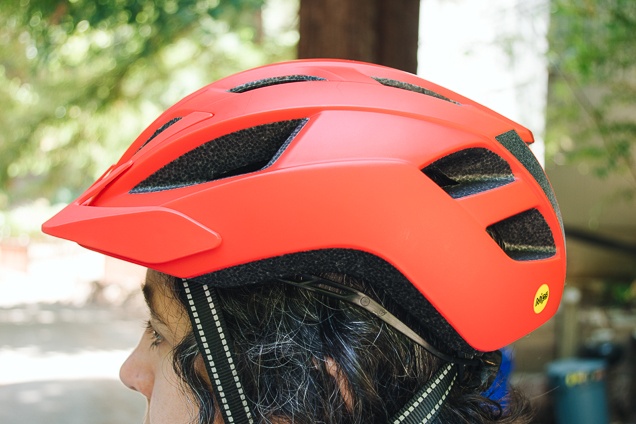
The boy with the helmet.
Have you seen him?
The one with the helmet?
Have we previously met?
As he sits with his thoughts in the clouds
I saw him but his mind must’ve been somewhere else
It all must have been too much for him
He has no recollection of our previous encounters
It feels as if we’re meeting for the first time
I am sorry sir, I don’t recall that we’ve met
May I ask why you have a bicycle helmet on?
A piece of me, a piece of my skull had to be taken, for me to be here today and for us to meet once again.
The above poem was inspired by a patient that I had the privilege of treating across two clinical rotations. At my first block in neurosurgical ICU, the patient had suffered a traumatic brain injury and was in the ICU for a month. Prior to me leaving Groote schuur hospital, the patient was transferred to another hospital. While at the Western Cape Rehabilitation center, I noticed that he was the same patient from GSH. I chose to do my assignment on this patient as he made me wonder about the allocation of resources in the Western Cape. This reflection will explain the above poem within the context of just allocation of resources.
In the first Tercet the reader is introduced to the idea that there is a patient who has a helmet on. The entire first 3 lines are played out in the writers mind as he wonders if this is the patient that he had treated previously. The writer also wonders why the patient has a cycling helmet on.
The second tercet is also played out in the writers mind, as he wonders if the patient has lost his mind due to his traumatic brain injury and prolonged stay in hospital.
In the next couplet the writer brings across the fact that the patient does not recognize him.
In the final stanza of the poem the writer eludes to the fact that the patient is wearing a bicycle helmet, in order to protect himself as a part of his skull was removed (decompressive craniotomy).
The general protocol post craniotomy is that the patient either has his own bone or a metal plate inserted. Alternatively the patient will be instructed to wear a specialized metal helmet (Seunggu Han, 2019) click here to see what the helmet looks like
In contrast to the “general” protocol this patient had not received a helmet, metal implant or bone insertion, even though his craniotomy was over a month ago. The facility at WCRC then gave him a temporary bicycle helmet in the interim.
The reason why this concerned me is the fact that the patient needed the helmet urgently. South-Africa is a country in which the constitution is based on human rights. Therefore this patient’s right to resources was being infringed upon. Health professionals face a struggle with regards to the fair distribution of resources. In order for them to make the correct decisions they need to understand equity.
Equity implies that health care resources are allocated according to need and ability to pay (Hugo, Couper, Thigiti & Loeliger, 2010). Equity is very closely related with the ethical term of distributive justice, which refers to treating similar cases in a similar manner.
One of the 6 material principals of justice includes treating a patient according to the need. In this scenario the patient was in urgent need of the helmet. If the patient was to fall or to sustain an injury to his head it would be a complete waste of government resources.
References
Seunggu Han, M. (2019). Decompressive craniectomy: All you need to know. Retrieved from https://www.medicalnewstoday.com/articles/319755.php
Hugo, J., Couper, I., Thigiti, J., & Loeliger, S. (2010). Equity in health care: Does family medicine have a role?. African Journal Of Primary Health Care & Family Medicine, 2(1). doi: 10.4102/phcfm.v2i1.243

2 thoughts on “The boy with the helmet.”
Dear Umar
I think you still have to put on more content to your reflection. Add full description of what you’re reflecting on linking it to your topic. Add your ethical dilemma or examples of what you have experienced related to your topics and find statements to back up what you’re reflecting on. Obviously then you would have a proper flow between your paragraphs, double check your grammar as well and add in some art of possible to make your reflection more interesting.
Length of your reflection, make it longer.
Thanks!
Hi Umar!
Like Kat has aforementioned, you need to add more content. Your writing is very short and has no clinical dilemma.
Thanks!